Voices Carry by ‘Til Tuesday
Buy Voices Carry ‘Til Tuesday had a short but fruitful career encapsulated within the bonds of the mid 1980s music scene. Their 1985 debut album, Voices Carry, features the famous, indelible title track […]
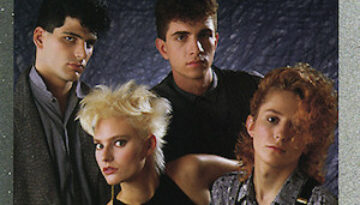
Buy Voices Carry ‘Til Tuesday had a short but fruitful career encapsulated within the bonds of the mid 1980s music scene. Their 1985 debut album, Voices Carry, features the famous, indelible title track […]
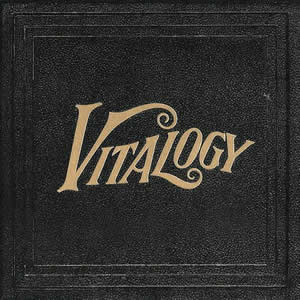
Buy Vitalogy Released in late 1994, Vitalogy is the raw, aggressive, experimental and somewhat bizarre third album by Pearl Jam. The album was produced by Brendan O’Brien, who also worked on the group’s […]

Buy Van Halen’s Debut Album Van Halen‘s debut album is a pedal-to-the-metal hard rocker with a distinct approach that thundered onto the scene in early 1978. This self-titled album continues to rank among the […]
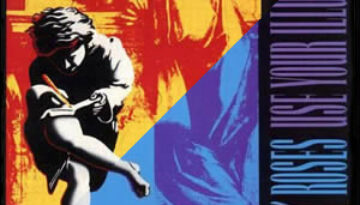
Buy Use Your Illusion I Buy Use Your Illusion II It had been four years since Guns n’ Roses had put out their last full studio album, which also happened to be their […]
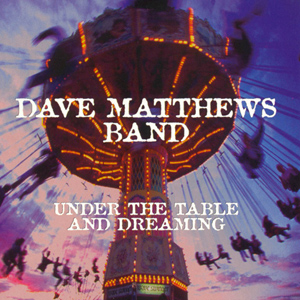
Buy Under the Table and Dreaming In 1994 the Dave Matthews Band released and impressive debut album with Under the Table and Dreaming, a record where Matthews developed a unique method of composing […]
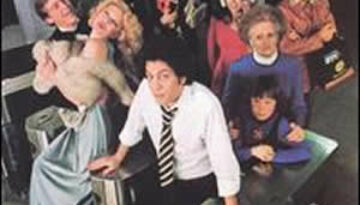
Buy Turnstiles Turnstiles is , in a lot of ways, the “growing up” album for Billy Joel. Even though he was only in his mid twenties at the time of its production (which […]
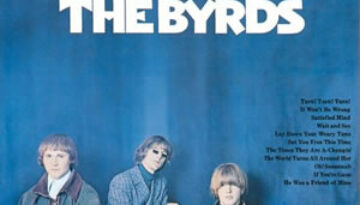
Buy Turn! Turn! Turn! The Byrds finished their breakout year of 1965 with their second highly acclaimed and commercially successful album of that year. Turn! Turn! Turn! built on the group’s distinct, multi-guitar-timbre, […]
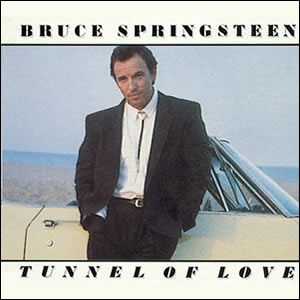
Following the multi-year, top of the pop world success of the studio album Born In the USA and the live compilation Live / 1975-85, Bruce Springsteen surprised a lot of listeners with the […]

Buy Tuesday Night Music Club Sheryl Crow‘s official debut was at once brilliant and controversial. In fact, the title Tuesday Night Music Club comes from the assembled studio group who composed and recorded […]
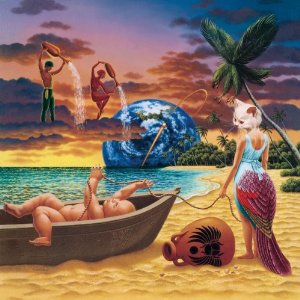
Buy Trial by Fire For Journey‘s most avid fans, the 1996 album Trial By Fire may be best described as one last guilty dip into the group’s heyday of the previous decade. With […]